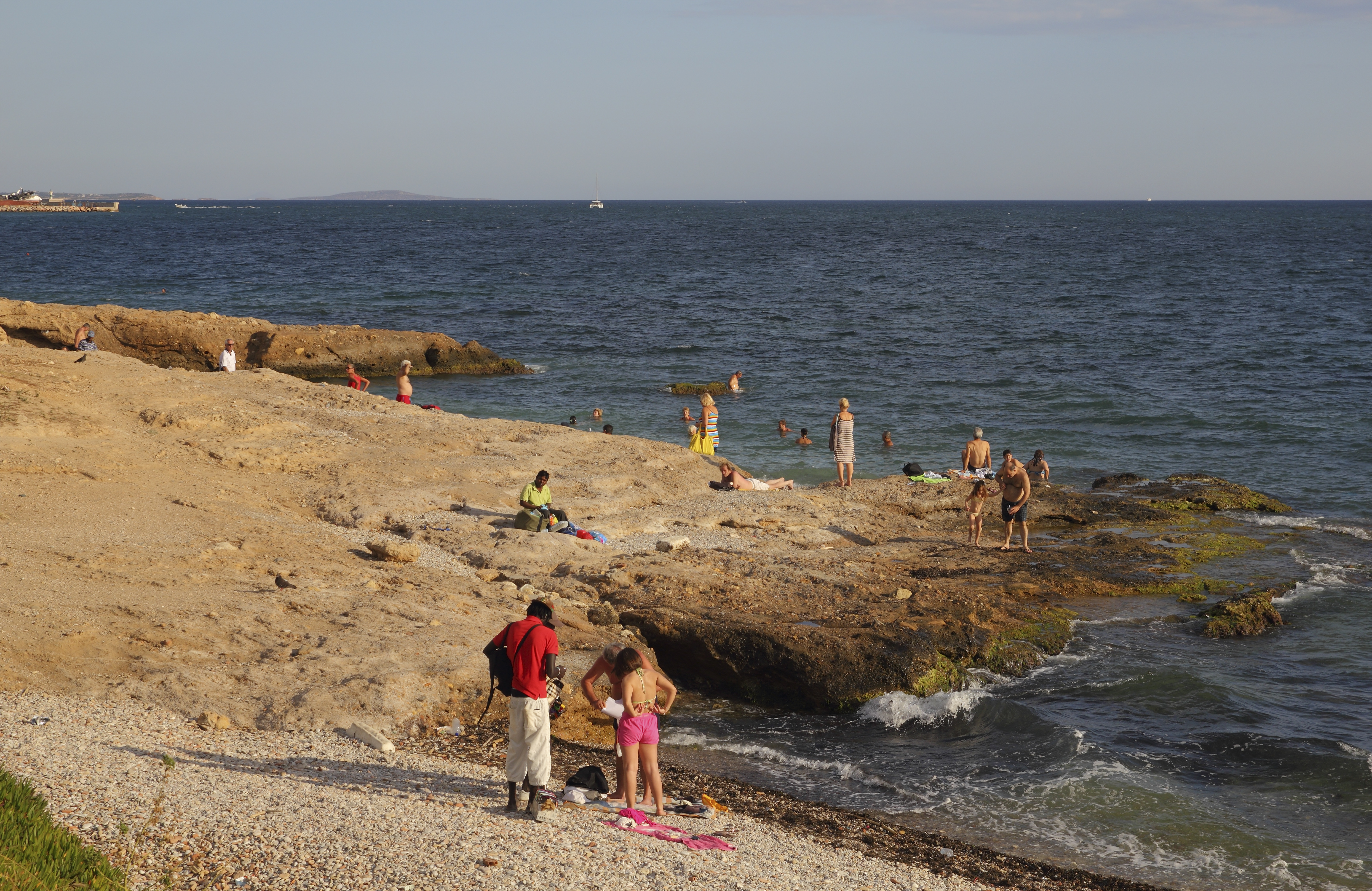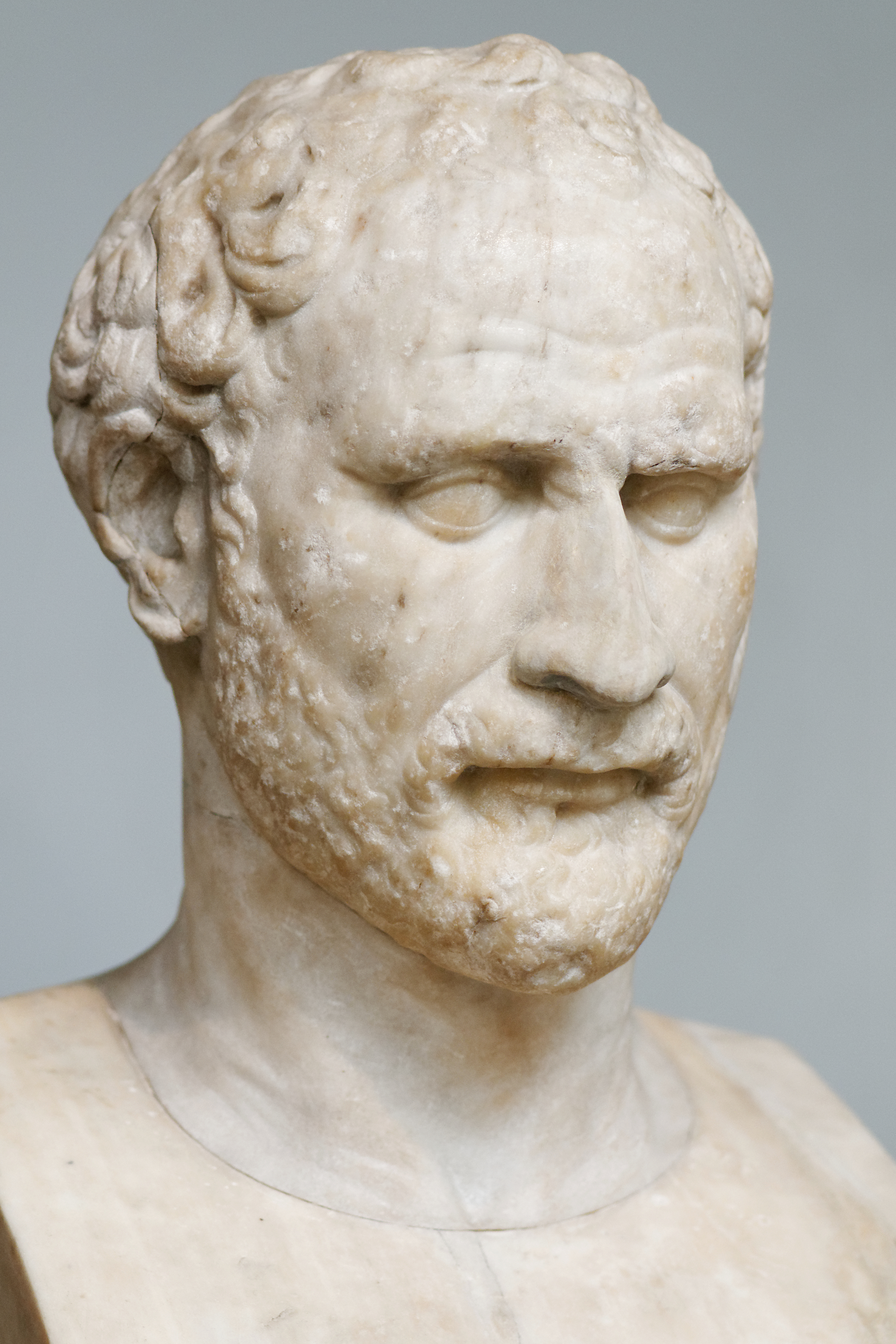|
City Wall Of Athens
The city of Athens, capital of modern Greece, has had different sets of city walls from the Bronze Age to the early 19th century. The city walls of Athens include: * the Mycenaean Cyclopean fortifications of the Acropolis of Athens * the Pelasgic wall at the foot of the Acropolis * the so-called "Archaic Wall", whose existence and course are debated by scholarsFor arguments for and against, cf. and respectively * the Themistoclean Wall, built in 479 BC, the main city wall during Antiquity, restored and rebuilt several times (under Conon, Demosthenes, Demetrios Poliorketes, etc.) * the Long Walls, built in the 460s and 440s BC, connecting Athens with its ports at Piraeus and Phaleron * the ''Protocheisma'', a second wall built in front of the Themistoclean Wall in 338 BC as an extra defence against the Macedonians * the ''Diateichisma'', built in the 280s BC as a second line of defence against Macedonian-held Piraeus * the Valerian Wall, built in , partly along the lines of older ... [...More Info...] [...Related Items...] OR: [Wikipedia] [Google] [Baidu] |
Demetrios Poliorketes
Demetrius I (; grc, Δημήτριος; 337–283 BC), also called Poliorcetes (; el, Πολιορκητής, "The Besieger"), was a Macedonian nobleman, military leader, and king of Macedon (294–288 BC). He belonged to the Antigonid dynasty and was its first member to rule Macedonia. He was the son of Antigonus I Monophthalmus and Stratonice. Biography Early career Demetrius served with his father, Antigonus I Monophthalmus, during the Second War of the Diadochi. He participated in the Battle of Paraitakene where he commanded the cavalry on the right flank. Despite the Antigonid left flank, commanded by Peithon, being routed, and the center, commanded by Antigonus, being dealt heavy losses at the hands of the famous Silver Shields, Demetrius was victorious on the right, and his success there ultimately prevented the battle from being a complete loss. Demetrius was again present at the conclusive Battle of Gabiene. Directly after the battle, while Antigonus held the b ... [...More Info...] [...Related Items...] OR: [Wikipedia] [Google] [Baidu] |
Wall Of Haseki
The so-called Wall of Haseki ( el, Τείχος του Χασεκή, Teichos tou Haseki) was a city wall built around Athens by its Ottoman governor, Hadji Ali Haseki, in 1778. Initially intended to protect the city from attacks by Ottoman Muslim Albanian warbands, it became an instrument of Haseki's tyrannical rule over the city. History The 1770s were a period of lawlessness and disorder in southern Greece, particularly due to the presence of roving Ottoman-Albanian warbands, that had been brought in by the Porte to suppress the Orlov Revolt in the Morea in 1770. In 1778, such a warband arrived in Attica, and sent emissaries to Athens, threatening to burn the city unless they received provisions and an official document hiring them as guards of the city. The Ottoman governor, Hadji Ali Haseki, and the Athenian populace, both Christians and Muslims, resolved to meet the Albanians in the field, as the city was unfortified except for the Acropolis. In a battle that took place near ... [...More Info...] [...Related Items...] OR: [Wikipedia] [Google] [Baidu] |
Heruli
The Heruli (or Herules) were an early Germanic people. Possibly originating in Scandinavia, the Heruli are first mentioned by Roman authors as one of several "Scythian" groups raiding Roman provinces in the Balkans and the Aegean Sea, attacking by land, and notably also by sea. During this time they reportedly lived near the Sea of Azov. From the late 4th century AD the Heruli were one of the peoples that were brought into the fold of the Hunnic Confederation of Attila. By 454, after the death of Attila, they established their own kingdom on the Middle Danube, and Heruli also participated in successive conquests of Italy by Odoacer, Theoderic the Great, Narses and probably also the Longobards. However, their independent kingdom was destroyed by the Longobards by the early 6th century AD. A part of this population subsequently became established inside the Roman empire near Belgrade, and continued contributing fighting men to the Eastern Roman Empire, and participating in Balkan an ... [...More Info...] [...Related Items...] OR: [Wikipedia] [Google] [Baidu] |
Sack Of Athens (267 AD)
The Sack of Athens in 267 AD was carried out by the Heruli, a Germanic tribe that had invaded the Balkans at the time. Despite the recent fortification of Athens with a new city wall, the Heruli succeeded in capturing the city and laid much of it waste, before they were driven out by the Athenians under the leadership of the historian Dexippus. The event left lasting damage to the city's monuments and stoas, and Athens lost its ancient glory and eminence, shrinking to the area around the Roman Agora The Roman Agora ( el, Ρωμαϊκή Αγορά) at Athens is located to the north of the Acropolis and to the east of the Ancient Agora. History The Roman Agora was built around 100 metres east of the original agora by Eucles of Marathon b ..., which was enclosed with a new wall. References Sources * * 260s conflicts 260s in the Roman Empire 267 3rd century in Greece Athens 267 Heruli Roman Athens Athens 267 {{Athens-stub ... [...More Info...] [...Related Items...] OR: [Wikipedia] [Google] [Baidu] |
Diateichisma
{{unreferenced, date=June 2019 The ''Diateichisma'' ( gr, διατείχισμα, 3=cross wall) was an addition to the city walls of Athens constructed in the 280s BC. The ''Diateichisma'' was built after the Battle of Chaeronea (338 BC). It was 900m long and built across the crests of the three hills: that of the Muses, of the Nymphs, and the Pnyx. It joined the Themistoclean Wall at north and south and had square and circular towers and two gates. However it cut through inhabited suburbs of ancient Athens, leaving the demes of Melete and Koile outside the wall and vulnerable. The south gate in the valley between the hill of the Muses and the Pnyx was for the most important commercial Koile road of Athens which led to the port of Piraeus. Remains of the gate can still be seen. The north Melitides gate was in the valley between the other two hills. In 294 BC, a small fort was built on the top of the Muses hill for the Macedonian guard of Demetrius Poliorcetes Demetrius I (; ... [...More Info...] [...Related Items...] OR: [Wikipedia] [Google] [Baidu] |
Phaleron
Phalerum or Phaleron ( ''()'', ; ''()'', ) was a port of Ancient Athens, 5 km southwest of the Acropolis of Athens, on a bay of the Saronic Gulf. The bay is also referred to as "Bay of Phalerum" ( el, Όρμος Φαλήρου '').'' The area of Phalerum is now occupied by the towns Palaio Faliro, Kallithea, Moschato and Neo Faliro, all of which are part of the Athens agglomeration. Phalerum was the major port of Athens before Themistocles had the three rocky natural harbours by the promontory of Piraeus developed as alternative, from 491 BC. It was said that Menestheus set sail with his fleet to Troy from Phalerum, as so did Theseus when he sailed to Crete after the death of Androgeus. Recently, archaeologists have uncovered what appear to be traces of ancient Athens’s first port before the city’s naval and shipping centre was moved to Piraeus. The site, some 350 m from the modern coastline, contained pottery, tracks from the carts that would have served the port, ... [...More Info...] [...Related Items...] OR: [Wikipedia] [Google] [Baidu] |
Piraeus
Piraeus ( ; el, Πειραιάς ; grc, Πειραιεύς ) is a port city within the Athens urban area ("Greater Athens"), in the Attica region of Greece. It is located southwest of Athens' city centre, along the east coast of the Saronic Gulf. The municipality of Piraeus and four other suburban municipalities form the regional unit of Piraeus, sometimes called the Greater Piraeus area, with a total population of 448,997. At the 2011 census, Piraeus had a population of 163,688 people, making it the fifth largest municipality in Greece2011 POPULATION AND HOUSING CENSUS, HELLENIC STATISTICAL AUTHORITY, http://www.statistics.gr/documents/20181/1215267/A1602_SAM01_DT_DC_00_2011_03_F_EN.pdf/cb10bb9f-6413-4129-b847-f1def334e05e and the second largest (after the municipality of Athens) within the Athens urban area. Piraeus has a long recorded history, dating back to ancient Greece. The city was founded in the early 5th century BC, when plans to make it the new port of Athens ... [...More Info...] [...Related Items...] OR: [Wikipedia] [Google] [Baidu] |
Long Walls
Although long walls were built at several locations in ancient Greece, notably Corinth and Megara, the term Long Walls ( grc, Μακρὰ Τείχη ) generally refers to the walls that connected Athens main city to its ports at Piraeus and Phaleron. Built in several phases, they provided a secure connection to the sea even during times of siege. The walls were about 6 km in length. They were initially constructed in the mid 5th century BC, and destroyed by the Spartans in 403 BC after Athens' defeat in the Peloponnesian War. They were rebuilt with Persian support during the Corinthian War in 395–391 BC. The Long Walls were a key element of Athenian military strategy, since they provided the city with a constant link to the sea and thwarted sieges conducted by land alone. History Background The ancient wall around the Acropolis was destroyed by the Persians during the occupations of Attica in 480 and 479 BC, part of the Greco-Persian Wars. After the Battle of Pla ... [...More Info...] [...Related Items...] OR: [Wikipedia] [Google] [Baidu] |
Demosthenes
Demosthenes (; el, Δημοσθένης, translit=Dēmosthénēs; ; 384 – 12 October 322 BC) was a Greek statesman and orator in ancient Athens. His orations constitute a significant expression of contemporary Athenian intellectual prowess and provide insight into the politics and culture of ancient Greece during the 4th century BC. Demosthenes learned rhetoric by studying the speeches of previous great orators. He delivered his first judicial speeches at the age of 20, in which he successfully argued that he should gain from his guardians what was left of his inheritance. For a time, Demosthenes made his living as a professional speechwriter ( logographer) and a lawyer, writing speeches for use in private legal suits. Demosthenes grew interested in politics during his time as a logographer, and in 354 BC he gave his first public political speeches. He went on to devote his most productive years to opposing Macedon's expansion. He idealized his city and stro ... [...More Info...] [...Related Items...] OR: [Wikipedia] [Google] [Baidu] |
Athens
Athens ( ; el, Αθήνα, Athína ; grc, Ἀθῆναι, Athênai (pl.) ) is both the capital and largest city of Greece. With a population close to four million, it is also the seventh largest city in the European Union. Athens dominates and is the capital of the Attica region and is one of the world's oldest cities, with its recorded history spanning over 3,400 years and its earliest human presence beginning somewhere between the 11th and 7th millennia BC. Classical Athens was a powerful city-state. It was a centre for the arts, learning and philosophy, and the home of Plato's Academy and Aristotle's Lyceum. It is widely referred to as the cradle of Western civilization and the birthplace of democracy, largely because of its cultural and political influence on the European continent—particularly Ancient Rome. In modern times, Athens is a large cosmopolitan metropolis and central to economic, financial, industrial, maritime, political and cultural life in Gre ... [...More Info...] [...Related Items...] OR: [Wikipedia] [Google] [Baidu] |








